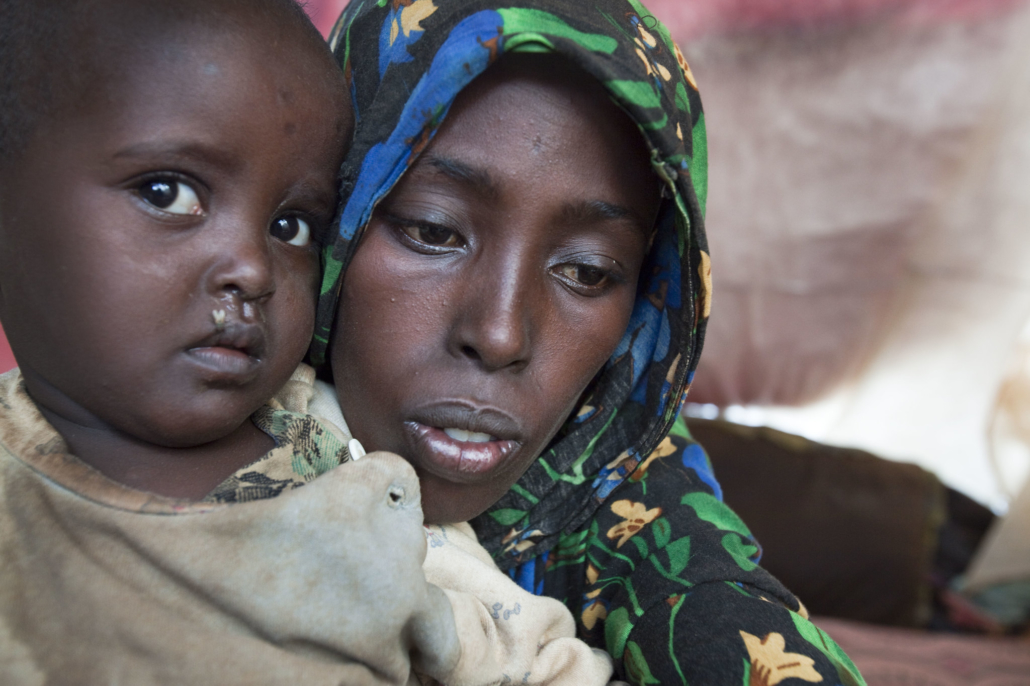The Drought in Ethiopia Deters Conflict

The Oromo Liberation Army and Tigray Defense Forces in Ethiopia are actively in conflict with the Ethiopian government and have received labels as terror groups in the country. However, due to the ongoing drought in Ethiopia, the groups have been working to establish a nationwide truce to allow humanitarian groups to provide aid to the affected areas of Ethiopia where people do not have access to food and resources. The drought is the worst the nation has seen in the past 40 years and has contributed to more than 20 million people needing dire assistance this year. The impact of the drought on the already impoverished country has been so drastic that the role of the military structures in Ethiopia is changing with the idea of a potential truce to improve the impoverished conditions during an ongoing conflict.
Ethiopia’s Conflict
Millions of Ethiopians have been displaced due to the conflict between rebel groups, including Oromo Liberation Army, Tigray Defense Forces and the Ethiopian National Defense Force which has been ongoing since November 2020. The war has political roots, such as an election, power struggle and claims of marginalization of certain minorities. Both sides have engaged in war crimes resulting in genocide, sexual violence and widespread looting and destruction of property. In addition to these direct results of war, humanitarian crises and famine have also come to light due to environmental and economic factors.
The Prime Minister of Ethiopia, Abiy Ahmed, ordered offensive forces to fight the rebel forces. The government intervention and blockades in Tigray have limited access to 9.4 million people across northern Ethiopia in need of humanitarian aid. Road access for supply trucks with medicine, nutritional supplies and general aid has had its limitations due to such blockages, further exacerbating the famine.
The Impact of the Drought in Ethiopia
In addition to the ongoing Ethiopian conflict, the drought has played a part in increasing humanitarian needs across Ethiopia. The worst Ethiopian drought in decades has led to widespread harvest failures and livestock deaths decreasing food insecurity, increasing famine and increasing acute malnutrition in the country.
Required humanitarian assistance in Ethiopia will be 40% higher in 2022 than in 2016 as a consequence of the El Nino drought. The ongoing Ethiopian conflict in northern Ethiopia is further increasing the severity of the situation, as it is currently affecting more than 8 million people. As the drought in Ethiopia continues to ravage more parts of Ethiopia, this number will likely increase.
The Ceasefire
In March 2022, the Tigray Defense Forces and the Ethiopian government established a humanitarian truce to prevent mass starvation in the northeast region of the country – almost 40% of Tigray’s 6 million people are victims of famine. The purpose of the ceasefire was also to allow emergency humanitarian aid the opportunity to relieve the pressure of the refugee crises, mass displacement and critical environmental issues. U.N. fuel shortages have added to the issue as aid workers had to travel by foot to deliver supplies. However, the added safety of a ceasefire has enabled aid workers to make unrestricted deliveries, presenting a semblance of hope for faster recovery in the region.
Recent Developments
In August 2022, the U.N. called for another ceasefire after the northern region of Tigray saw more bouts of violence during the attempted ceasefire. Peace talks between Prime Minister Abiy Ahmed and the Tigray People’s Liberation Front will likely begin soon, but may now be pushed back or indefinitely postponed. Neither side will admit to commencing the attack, but the fighting has nonetheless increased tension between the groups. As a result, political negotiations and unrestricted access to those in need have halted with the return of fighting, as both sides have released opposing statements regarding further steps in the conflict.
– Nethya Samarakkodige
Photo: Flickr
